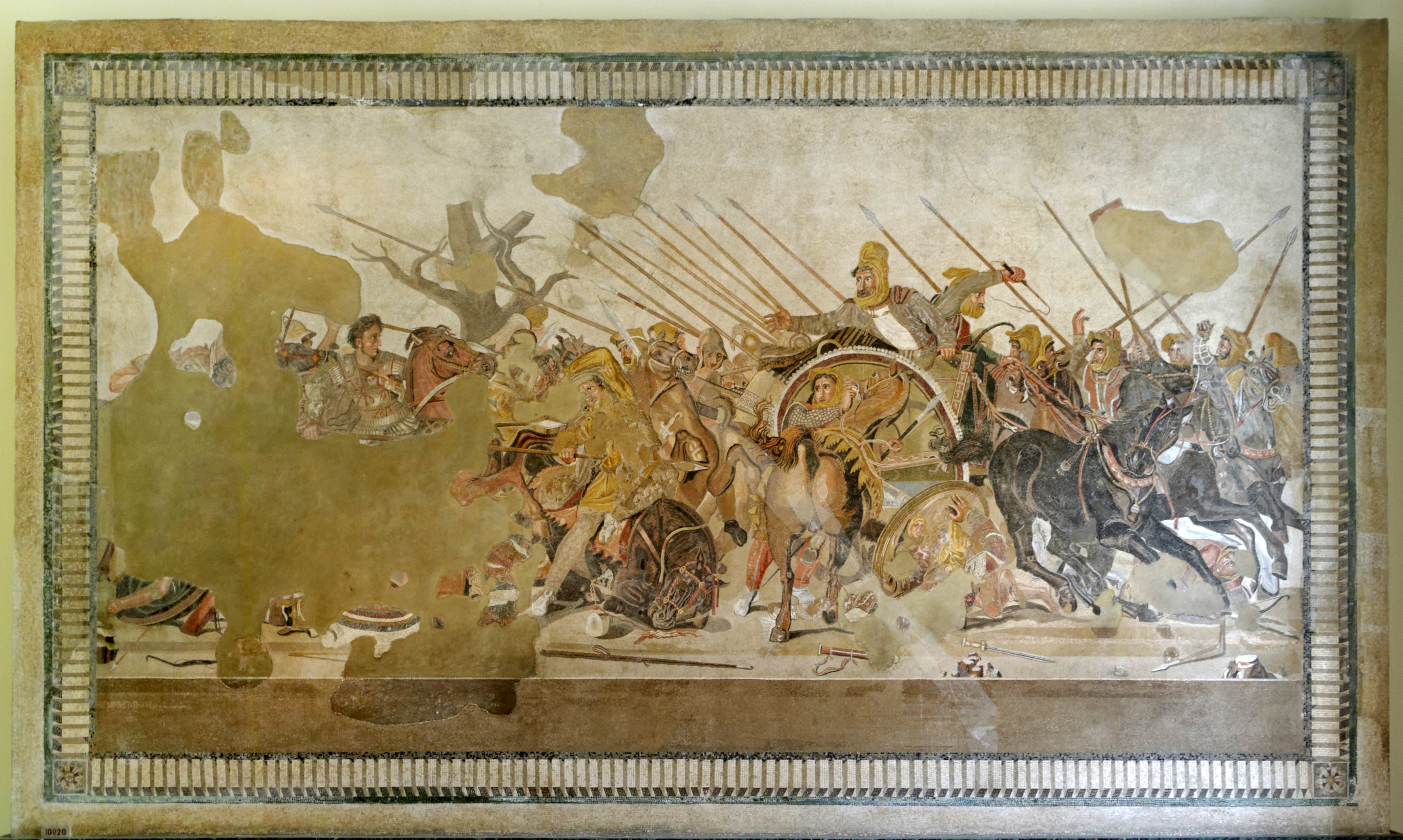|
Darius III
Darius III ( ; ; – 330 BC) was the thirteenth and last Achaemenid King of Kings of Persia, reigning from 336 BC to his death in 330 BC. Contrary to his predecessor Artaxerxes IV Arses, Darius was a distant member of the Achaemenid dynasty. During his early career, he was reportedly an obscure figure among his peers and first rose to prominence during the Cadusian expedition of Artaxerxes III in the 350s BC. As a reward for his bravery, he was given the Satrapy of Armenia. Around 340 BC, he was placed in charge of the royal "postal service," a high-ranking position. In 338 BC, Artaxerxes III met an abrupt end after being poisoned by the court eunuch and chiliarch (''hazahrapatish'') Bagoas, who installed Artaxerxes' youngest son Arses on the throne. He only reigned for a few years, until Bagoas had him poisoned as well. Darius was subsequently installed on the throne and soon forced Bagoas to drink his poison after discovering that the eunuch had planned to poison him as w ... [...More Info...] [...Related Items...] OR: [Wikipedia] [Google] [Baidu] |
King Of Kings
King of Kings, ''Mepet mepe''; , group="n" was a ruling title employed primarily by monarchs based in the Middle East and the Indian subcontinent. Commonly associated with History of Iran, Iran (historically known as name of Iran, Persia in Western world, the West), especially the Achaemenid Empire, Achaemenid and Sasanian Empires, the title was originally introduced during the Middle Assyrian Empire by King Tukulti-Ninurta I (reigned 1233–1197 BC) and was subsequently used in a number of different kingdoms and empires, including the aforementioned Persia, various History of Greece, Hellenic kingdoms, History of India, India, History of Armenia, Armenia, History of Georgia (country), Georgia, and History of Ethiopia, Ethiopia. The title is commonly seen as equivalent to that of Emperor, both titles outranking that of king in prestige, stemming from the Late antiquity, late antique Roman emperor, Roman and List of Byzantine emperors, Eastern Roman emperors who saw the ''S ... [...More Info...] [...Related Items...] OR: [Wikipedia] [Google] [Baidu] |
Parthia
Parthia ( ''Parθava''; ''Parθaw''; ''Pahlaw'') is a historical region located in northeastern Greater Iran. It was conquered and subjugated by the empire of the Medes during the 7th century BC, was incorporated into the subsequent Achaemenid Empire under Cyrus the Great in the 6th century BC, and formed part of the Hellenistic Seleucid Empire after the Wars of Alexander the Great, 4th-century BC conquests of Alexander the Great. The region later served as the political and cultural base of the Eastern Iranian languages, Eastern Iranian Parni people and Arsacid dynasty, rulers of the Parthian Empire (247 BC – 224 AD). The Sasanian Empire, the last state of History of Iran, pre-Islamic Iran, also held the region and maintained the Seven Great Houses of Iran, seven Parthian clans as part of their feudal aristocracy. Name The name "Parthia" is a continuation from Latin language, Latin ', from Old Persian ', which was the Parthian language self-designator signifying "of the Pa ... [...More Info...] [...Related Items...] OR: [Wikipedia] [Google] [Baidu] |
Dara II
Dara II or Darab II was the last king of the mythological Kayanian dynasty, ruling between 14 and 16 years. He is generally identified with Darius III (), the last king of the Achaemenid Empire. In Middle Persian literature and Islamic chronicles, he is generally known as "Dara", while he is known as "Darab" in the New Persian proses '' Darab-nama'' and '' Iskandar-nama''. He was the son and successor of Dara I. According to early traditions, Dara II's mother was Mahnahid, daughter of Hazarmard, while later traditions refer her to as Thamrusia, a Greek woman who was the daughter of Fastabiqun and former wife of the king of Oman. Dara II was the half-brother of Iskandar (Alexander the Great), who, after refusing to pay tribute, rebelled. During the rebellion, Dara II was assassinated by his ministers Mahyar and Janushyar ( Bessus and Nabarzanes). He had three sons, Ashk, Ardashir, and a third, who name is uncertain. The Sasanian monarchs of Iran (224–651) invented a descent tha ... [...More Info...] [...Related Items...] OR: [Wikipedia] [Google] [Baidu] |

